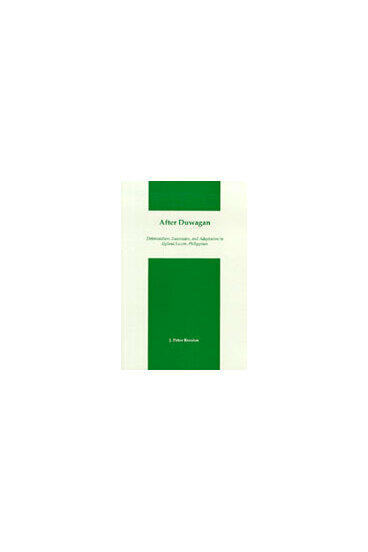After Duwagan
Deforestation, Succession, and Adaptation in Upland Luzon, Philippines
Provides a model for empirically assessing the practice of shifting agriculture through a case study of Ayta farming systems
Description
Since 1980, some of the last extensive stands of tropical forest in the Phillipines have been destroyed, as part of a broader spate of deforestation in Southeast Asia—in Borneo, the Malay Peninsula, and Sumatra—largely at the hands of logging companies. Yet local discussions of deforestation often fault shifting cultivation as the source of the problem. Many Southeast Asian governments condemn shifting cultivation as a wasteful and destructive practice and the primary cause of deforestation. And sometimes even those with first-hand knowledge of these agricultural systems do not recognize the multiplicity of factors impinging on the sustainability of affected regions. There is clearly a need to assess and clarify the factors constituting environmental disturbance.After Duwagan offers a method for empirically assessing the effects of shifting agriculture practices. In the case of the Ayta—the main subject case of After Duwagan—the system of shifting agriculture has been quite destructive when combined with other types of disturbance. To see why this is so, it is important to view the agricultural system in comparative context, with attention to how different systems compare, how they are integrated with other types of disturbance in a particular setting, and how different types of disturbance, such as logging, compare to shifting agriculture. Through attention to these dimensions, After Duwagan provides a theoretically coherent way of looking both at the range of disturbances occuring in a single ecosystem and at the instances of a single type of disturbance across different ecosystems, including over time. Includes maps, figures, tables, and forty photographic plates.
J. Peter BROSIUS is Distinguished Research Professor in the Department of Anthropology at the University of Georgia.

